California is quite notable for its earthquakes, the impact it has on buildings, and the danger it can put occupants in. That is why many California cities have enacted ordinances to address potential seismic events. Buildings will fall under one of two categories: Wood-Frame Soft-Story Structures or Non-Ductile Concrete Structures. Though the categories are different, the main objective is the same: identify and address structural concerns to reduce damage caused by earthquakes and increase safety for all occupants in the event of an earthquake.
Buildings classified under Wood-Frame Soft-Story Structures will be those with tuck-under parking, multiple garage doors, and/or large retail windows. This is commonly found in buildings that are used for multifamily housing purposes (i.e., apartments and condominiums). Due to these wall openings, the building’s ground level is found to be “soft” – or weak – in comparison to the upper stories of the building. This in turn will increase the building’s chances of collapse during an earthquake as its lateral movement will be concentrated to the ground level where the structure is the weakest. Through a Wood-Frame Soft-Story Seismic Retrofit, a licensed professional (LP) will conduct a thorough structural analysis to determine if the building meets the minimum earthquake requirements.
In a Non-Ductile Concrete Structure, buildings will undergo a similar inspection by a hired LP to determine if the building meets the minimum earthquake requirements. The key difference is that these specific Seismic Retrofits will pertain to concrete buildings that were designed and built before the 1976 Building Uniform Code was enacted. This means any building with concrete structures built between the late 1970s and 1980s should be inspected. Buildings built prior to the 1976 Building Uniform Code were found to have inadequate confinement of the concrete cores – an essential and effective method used in construction to help strengthen the structure. Without adequate confinement, the building becomes compromised during an earthquake as its lateral movement will cause cracks in the structure making it harder to withstand the materials gravity load and susceptible to collapse.
Whether the building is subject to a Wood-Frame Soft-Story or Non-Ductile Concrete Seismic Retrofit, it is the building owner’s responsibility to immediately notify occupants if the building does not meet the minimum earthquake requirements. In the case that the building fails to meet the requirements, the owner must make an informed decision with the analysis provided by their hired LP on the appropriate next steps. Proper next steps will either entail construction to help strengthen the building’s structure and/or lateral restraining systems or the demolition of the building altogether.
Presently, there are 14 existing Wood-Frame Soft-Story and six Non-Ductile Concrete Seismic Retrofit programs spanning across the state of California. Vert Energy Group can help you quickly determine if your building is subject to comply with any of the 20 existing Seismic Retrofit programs. Head to VertPro® LA Seismic to get more information and see how we can help.
City | Seismic |
Alameda | Wood Frame Soft-Story Structures |
Berkeley | Wood Frame Soft-Story Structures |
Beverly Hills | Wood Frame Soft-Story Structures |
Burbank | Wood Frame Soft-Story Structures |
Fremont | Wood Frame Soft-Story Structures |
Long Beach | Wood Frame Soft-Story Structures |
Los Angeles | Wood Frame Soft-Story Structures |
Oakland | Wood Frame Soft-Story Structures |
Pasadena | Wood Frame Soft-Story Structures |
Richmond | Wood Frame Soft-Story Structures |
San Francisco | Wood Frame Soft-Story Structures |
Santa Monica | Wood Frame Soft-Story Structures |
Torrance | Wood Frame Soft-Story Structures |
West Hollywood | Wood Frame Soft-Story Structures |
|
|
Beverly Hills | Non-Ductile Concrete Structures |
Burbank | Non-Ductile Concrete Structures |
Long Beach | Non-Ductile Concrete Structures |
Los Angeles | Non-Ductile Concrete Structures |
Santa Monica | Non-Ductile Concrete Structures |
West Hollywood | Non-Ductile Concrete Structures |
“What is not started today is never finished tomorrow.” – Johann Wolfgang Von Goethe
Started Your 2022 Benchmark Yet?
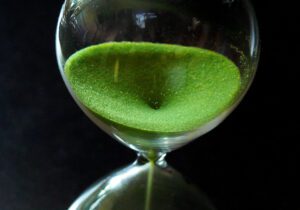 We’re in the 2nd month of the new year and if you haven’t begun to work on your 2022 benchmarks, now would be the ideal time to start. Most cities have begun to resume their original annual deadlines. Last month’s newsletter broke down all of the 2022s deadlines, so if you haven’t seen it, you should check. It is important to note that filing – whether on your own or via a third-party firm such as Vert Energy Group – can take a minimum of 4-8 weeks to complete from start to finish. With all Energy Benchmark programs resuming original set deadlines, we expect to see longer process times as the utilities will potentially experience a drastic increase in data requests. For properties with spring deadlines, it is pertinent that you get started filing immediately.
If your property is in Fort Collins and you haven’t yet begun your Benchmark report, you’re in luck. Fort Collins used to have the first Benchmark deadline of all the existing programs in the nation with a deadline of March 1st. The city recently published a notice on its official site stating that the deadline has been pushed to June 1, 2022. However, this doesn’t mean you should wait until the last minute to begin filing. The sooner you get started, the sooner you get into compliance. With VertPro we can help you meet your compliance deadlines and avoid potential violations. Register or login to VertPro.com to get your Benchmark started today!
We’re in the 2nd month of the new year and if you haven’t begun to work on your 2022 benchmarks, now would be the ideal time to start. Most cities have begun to resume their original annual deadlines. Last month’s newsletter broke down all of the 2022s deadlines, so if you haven’t seen it, you should check. It is important to note that filing – whether on your own or via a third-party firm such as Vert Energy Group – can take a minimum of 4-8 weeks to complete from start to finish. With all Energy Benchmark programs resuming original set deadlines, we expect to see longer process times as the utilities will potentially experience a drastic increase in data requests. For properties with spring deadlines, it is pertinent that you get started filing immediately.
If your property is in Fort Collins and you haven’t yet begun your Benchmark report, you’re in luck. Fort Collins used to have the first Benchmark deadline of all the existing programs in the nation with a deadline of March 1st. The city recently published a notice on its official site stating that the deadline has been pushed to June 1, 2022. However, this doesn’t mean you should wait until the last minute to begin filing. The sooner you get started, the sooner you get into compliance. With VertPro we can help you meet your compliance deadlines and avoid potential violations. Register or login to VertPro.com to get your Benchmark started today!
“Start where you are. Use what you have. Do what you can” – Arthur Ashe
New Annual Energy Laws
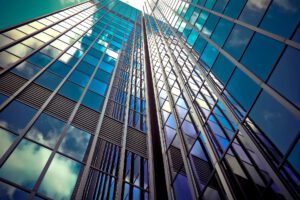
Every year cities and states work to develop and update energy laws to help meet their respective Carbon Emissions goals. In 2022 we will see the start of three new Energy Benchmark programs: Chula Vista, the State of Colorado, and Indianapolis. Here’s a quick breakdown of the new Benchmark programs:
City or State | Energy Program | Building Type | Gross Floor Area | Reports… | Deadline |
Chula Vista, CA | All buildings | 20,000+ sq. ft. | Electric and Gas | May 20, 2022 | |
Colorado | Commercial, Multifamily, and public buildings | 50,000+ sq. ft. | Electric and Gas | December 1, 2022 | |
Indianapolis, IN | Commercial and Multifamily buildings | 50,000+ sq. ft. | Electric and Gas | Voluntary |
If you have a property in Chula Vista, CA, you might already be familiar with the Benchmark process as you may have already been filing to the state Assembly Bill 802 (AB802) program. The three differences are: size requirement (20,000+ sq. ft.), who you file to (the city of Chula Vista), and deadline (December 1, 2022). It can be difficult to keep up with all the new and update energy requirements, so we’ve made it easier for you. Simply register on VertPro.com, add your properties, and you’ll immediately see all your deadlines. For further information and or specific questions on new and existing Benchmark programs, call our Benchmark experts at (415) 912-1523 or email us at support@vertpro.com.
Fun Fact: In a 2019 BBC Article, it was found that approximately 50,000 people a year write to Juliet, from Shakespeare’s Romeo and Juliet, seeking comfort and/or advice in the realm of love.
Saint Valentine
 Valentine’s Day has been a symbol of romance and love since the holiday’s origin tracing back to Saint Valentine and the pagan celebration, Lupercalia. According to Christian and Roman legends, Saint Valentine is most noted for defying Emperor Claudius II. During Claudius II’s rule, young men were banned from marrying as he felt men without families made “better soldiers.” Saint Valentine felt this was an unjust ruling and as a result secretly married young lovers until he was caught. Upon being caught, Claudius II threw Valentine in jail and sentenced him to death. While imprisoned, Valentine falls in love with his jailer’s young daughter visits him. It is said Valentine penned the phrase “from your Valentine” in a letter he wrote to the jailer’s daughter before he was executed. Though some believe it’s our romantic hero Saint Valentine who spurred this love-filled holiday, others believe Valentine’s Day is a “Christianized” version of the Roman festival Lupercalia. During the festival, Roman priests would sacrifice goats and dogs, take their bloody hides, and proceed to slap women and crops to increase fertility. Women would then use milk-soaked clothes to rinse themselves of the blood. The festival eventually evolved to the point where young Roman women would place their name in an urn to be matched with a man. According to History.com, Pope Gelasius I put an end to Lupercalia to replace it with a day to honor and celebrate Saint Valentine for his “heroic” work during Emperor Claudius II’s reign. And while Lupercalia became overshadowed by Valentine, we still associate the colors red and white to the holiday which could be used to represent the blood and milk used during the festival. Whether you’re here for the “romantic” idea of Valentine’s or the bloodier tale, there’s no denying that the date is one for lovers.
Valentine’s Day has been a symbol of romance and love since the holiday’s origin tracing back to Saint Valentine and the pagan celebration, Lupercalia. According to Christian and Roman legends, Saint Valentine is most noted for defying Emperor Claudius II. During Claudius II’s rule, young men were banned from marrying as he felt men without families made “better soldiers.” Saint Valentine felt this was an unjust ruling and as a result secretly married young lovers until he was caught. Upon being caught, Claudius II threw Valentine in jail and sentenced him to death. While imprisoned, Valentine falls in love with his jailer’s young daughter visits him. It is said Valentine penned the phrase “from your Valentine” in a letter he wrote to the jailer’s daughter before he was executed. Though some believe it’s our romantic hero Saint Valentine who spurred this love-filled holiday, others believe Valentine’s Day is a “Christianized” version of the Roman festival Lupercalia. During the festival, Roman priests would sacrifice goats and dogs, take their bloody hides, and proceed to slap women and crops to increase fertility. Women would then use milk-soaked clothes to rinse themselves of the blood. The festival eventually evolved to the point where young Roman women would place their name in an urn to be matched with a man. According to History.com, Pope Gelasius I put an end to Lupercalia to replace it with a day to honor and celebrate Saint Valentine for his “heroic” work during Emperor Claudius II’s reign. And while Lupercalia became overshadowed by Valentine, we still associate the colors red and white to the holiday which could be used to represent the blood and milk used during the festival. Whether you’re here for the “romantic” idea of Valentine’s or the bloodier tale, there’s no denying that the date is one for lovers.

Danielle’s Corner
Black History Month
February is often associated with Valentine’s Day, but let’s not forget that it is also Black History Month. This year’s Black History Month is dedicated to Black Health and Wellness which will focus on “Black scholars and medical practitioners in Western medicine” and other forms of medicine in the African Diaspora (i.e., doulas and herbalists). Though America has come far since the days of slavery, there are still many disparities seen and felt in the Black community that must be addressed. The Association for the Study of African American Life and History (ASALH) notes that while the increase of diverse healthcare practitioners and platforms openly discussing mental health is available, there is still a lot of work to be done. While there may not be something you personally can do to help change things, there are still ways to be involved in the discussions. ASALH is a great educational resource if you don’t know where to begin – they host events, have publications, and post news surrounding the Black community. Audre Lorde once said, “you do not have to be me in order for us to fight alongside each other. I do not have to be you to recognize that our wars are the same.” This month, I encourage everyone to learn more about the disparities in the Black community, not just regarding healthcare (physical, mental, and emotional), but in all other aspects of life.
With a user-friendly website interface, our https://www.pulidodentalcare.com/procedures/medecines.html caters to everyone, ensuring ease of navigation and accessibility. Whether you’re seeking a particular medication or exploring new options, our platform enables swift ordering from anywhere in the country, with speedy delivery options available.
 Search by Zip to Find Applicable Energy Laws
Search by Zip to Find Applicable Energy Laws
There are over 30 cities/states with Energy Benchmark requirements – 16 have Energy Audit requirements as well! Use this free tool to check if your building has an upcoming Energy Benchmark or Energy Audit deadline.
FIND OUT HERE »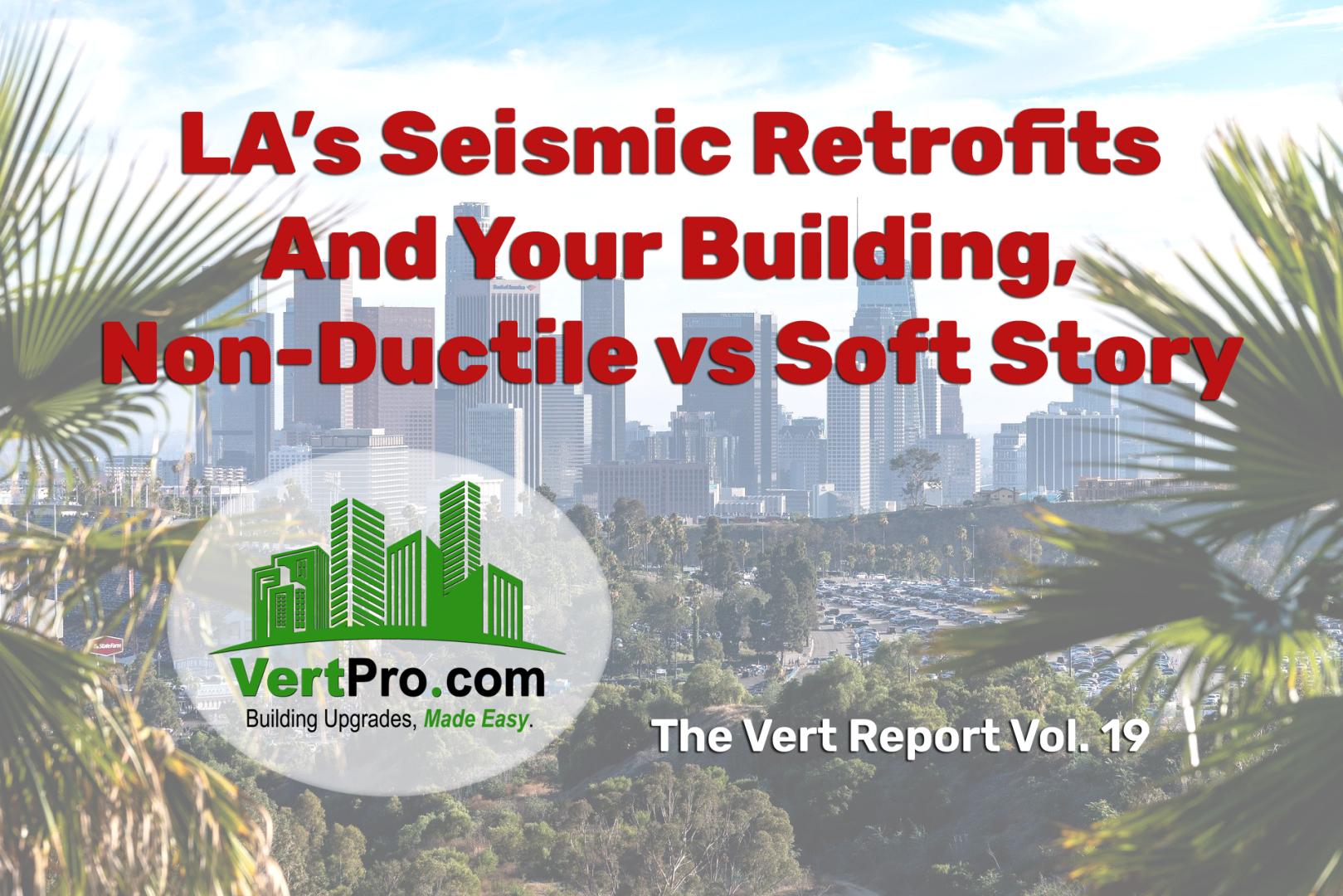
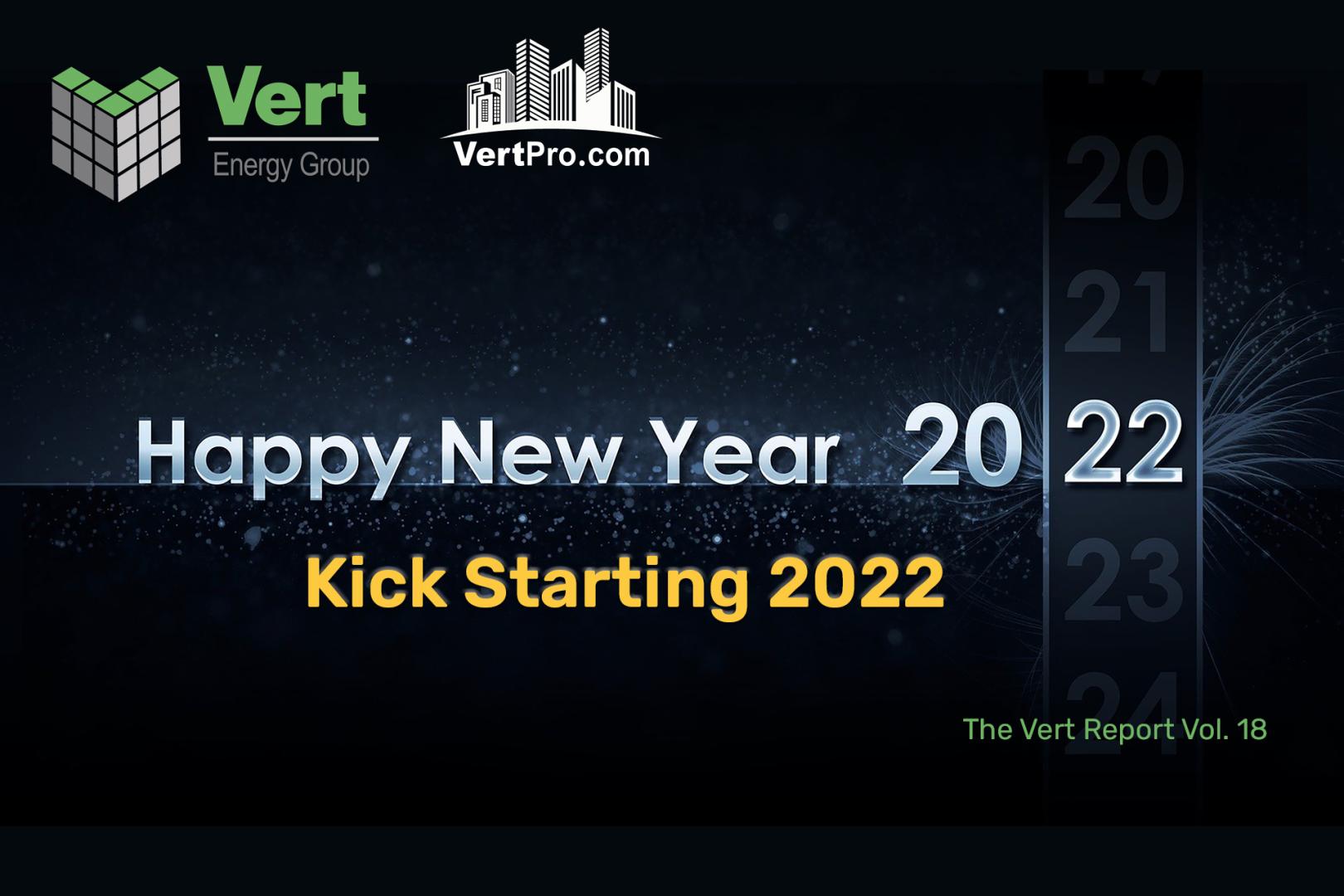
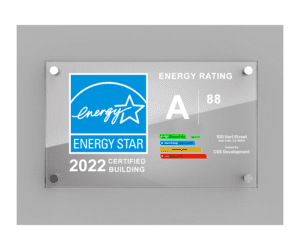 When you go shopping for appliances it’s not uncommon to see a little blue label indicating the product is “ENERGY STAR Certified” and therefore more energy efficient. Now that same little blue label can be applied to buildings via ENERGY STAR Certification (ESC). Benchmarking a property is the steppingstone towards applying for an ESC, but there’s a lot more work involved (i.e., paperwork and site inspections). If qualified, the work involved in the application alone can be enough to deter you from applying. However, the financial benefits of being an ENERGY STAR Certified building alone is hard to beat.
From a financial perspective, being ENERGY STAR Certified can help you save and earn money in the long run. According to
When you go shopping for appliances it’s not uncommon to see a little blue label indicating the product is “ENERGY STAR Certified” and therefore more energy efficient. Now that same little blue label can be applied to buildings via ENERGY STAR Certification (ESC). Benchmarking a property is the steppingstone towards applying for an ESC, but there’s a lot more work involved (i.e., paperwork and site inspections). If qualified, the work involved in the application alone can be enough to deter you from applying. However, the financial benefits of being an ENERGY STAR Certified building alone is hard to beat.
From a financial perspective, being ENERGY STAR Certified can help you save and earn money in the long run. According to 
 Monday, January 17th marks the 39th year since legislation officially made the third Monday of January a federal holiday to honor Martin Luther King Jr and all his achievements and influence during the Civil Rights movement. Martin Luther King Jr helped America to see that there were ways to discuss civil rights injustices and racism without resorting to violence. One of Martin Luther King Jr’s most notable demonstrations of nonviolent protest was the Montgomery Bus Boycott of 1955.
Monday, January 17th marks the 39th year since legislation officially made the third Monday of January a federal holiday to honor Martin Luther King Jr and all his achievements and influence during the Civil Rights movement. Martin Luther King Jr helped America to see that there were ways to discuss civil rights injustices and racism without resorting to violence. One of Martin Luther King Jr’s most notable demonstrations of nonviolent protest was the Montgomery Bus Boycott of 1955. 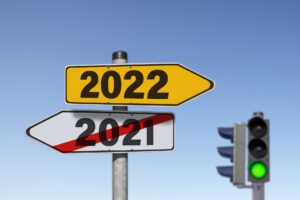
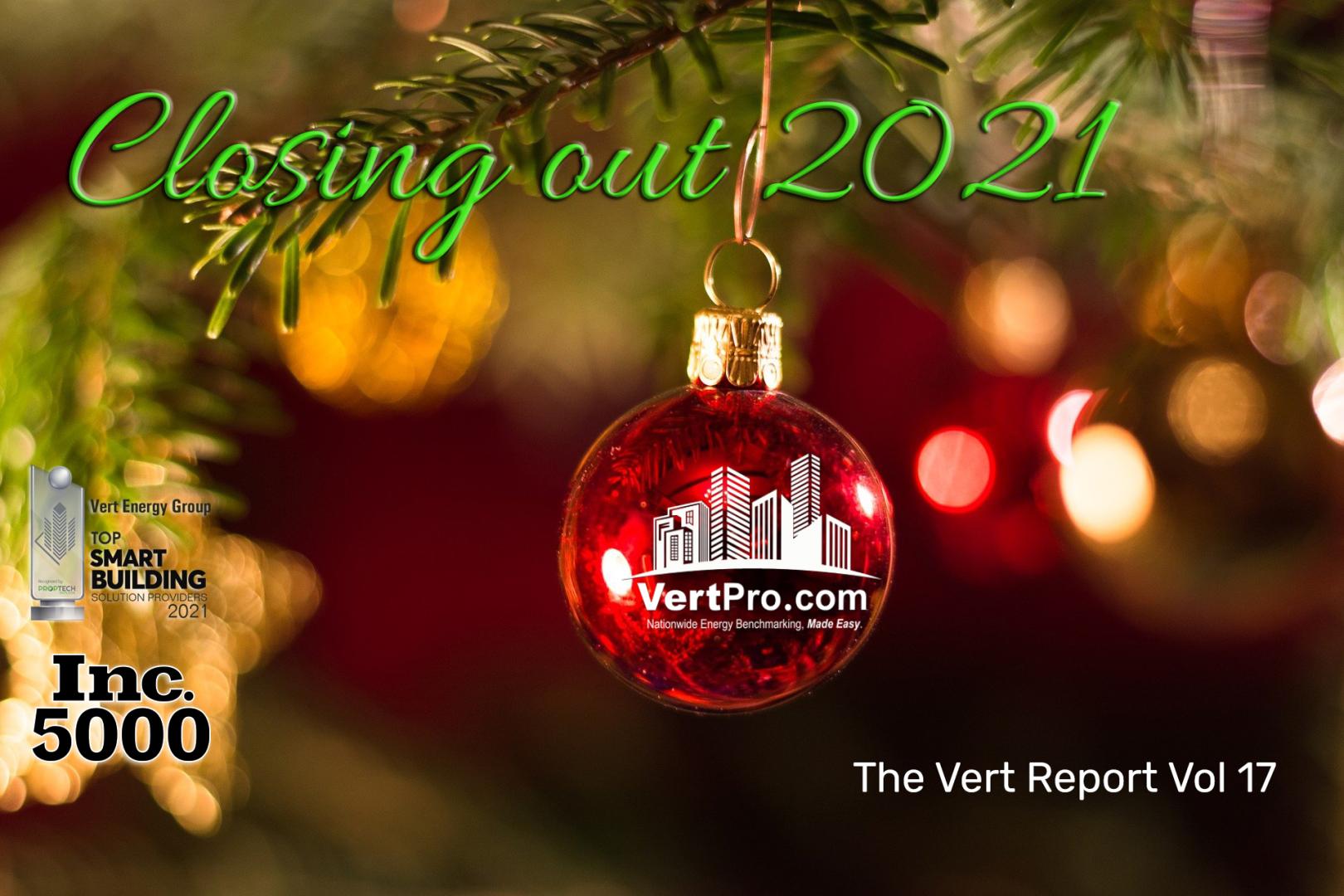
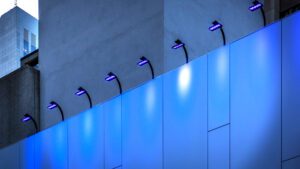
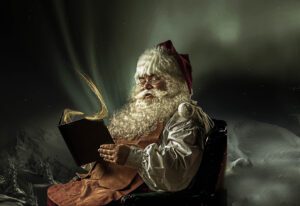 Happy holidays! The great thing about the winter holidays is that there are so many variations to the same holiday. Take Christmas for example. Across the world, children are told stories of a man – most notably referred to as Santa Claus – who knows who has been naughty and nice and delivers gifts to the good children. In the U.S. kids leave cookies and milk for Santa while kids in
Happy holidays! The great thing about the winter holidays is that there are so many variations to the same holiday. Take Christmas for example. Across the world, children are told stories of a man – most notably referred to as Santa Claus – who knows who has been naughty and nice and delivers gifts to the good children. In the U.S. kids leave cookies and milk for Santa while kids in 

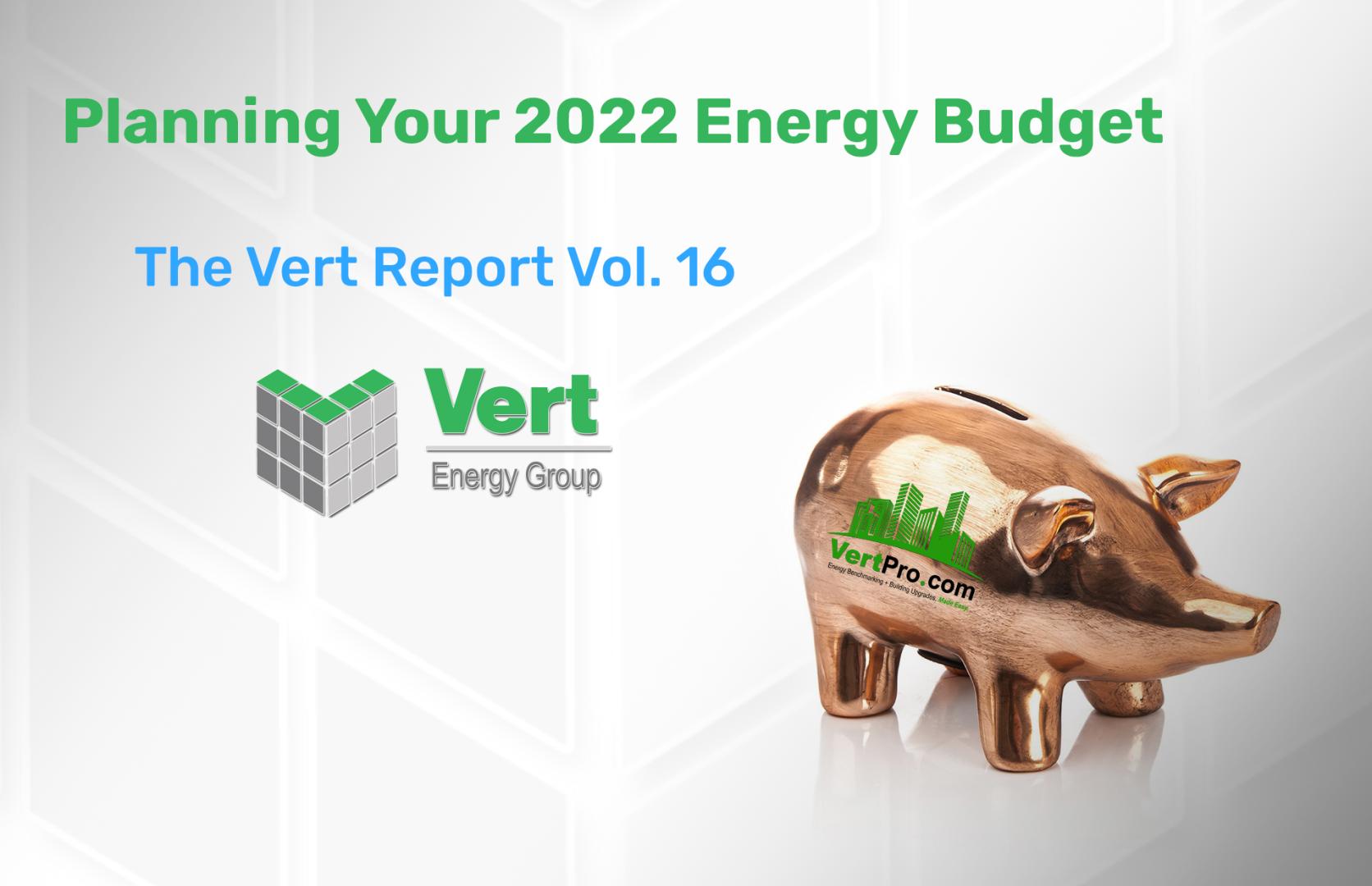



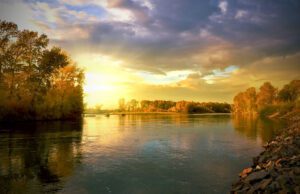


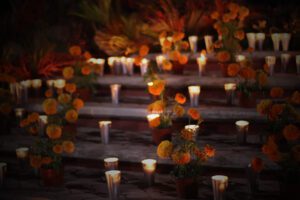


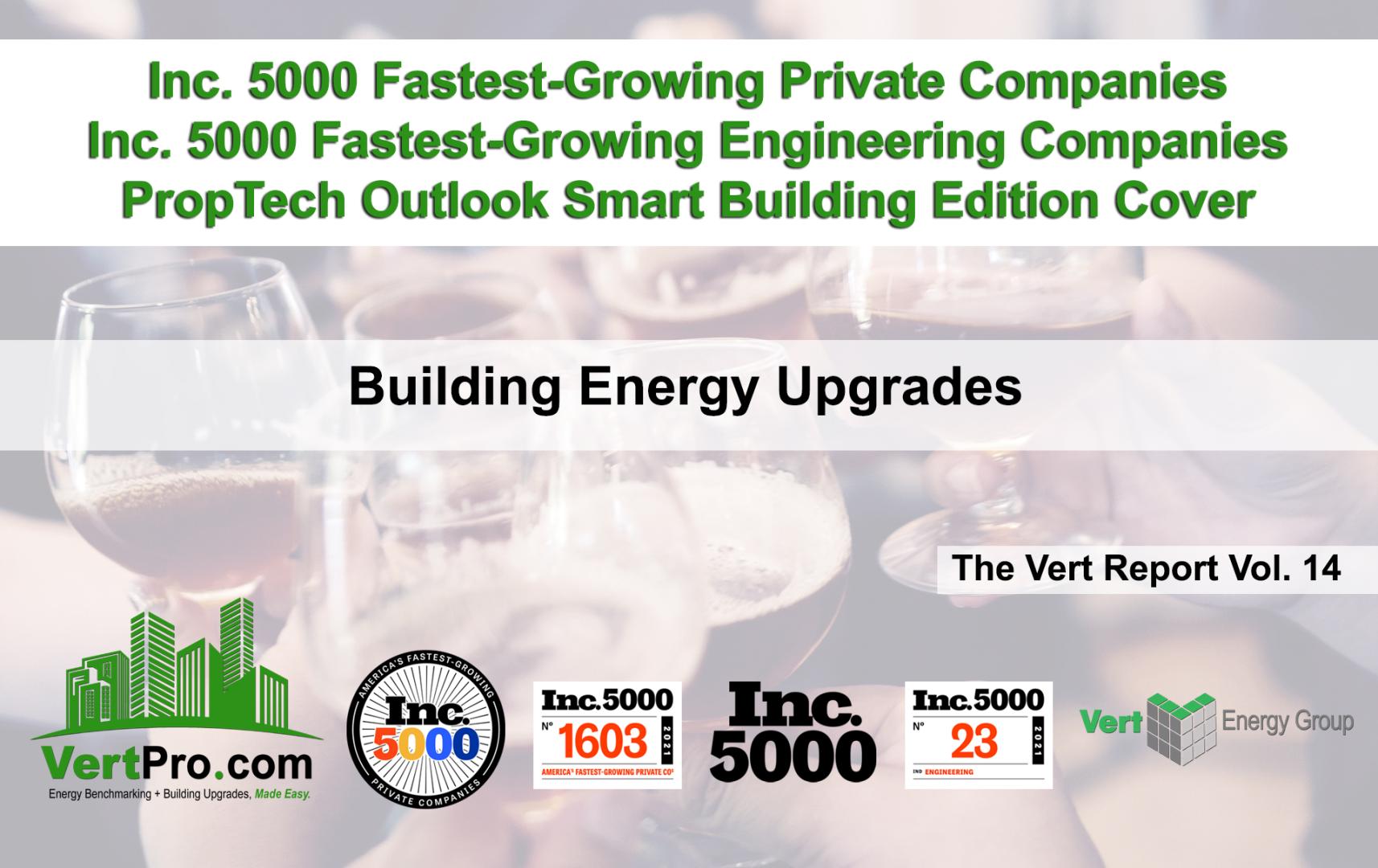
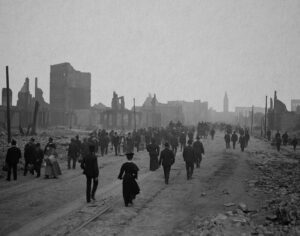
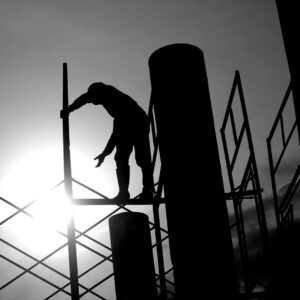 Labor activists
Labor activists 